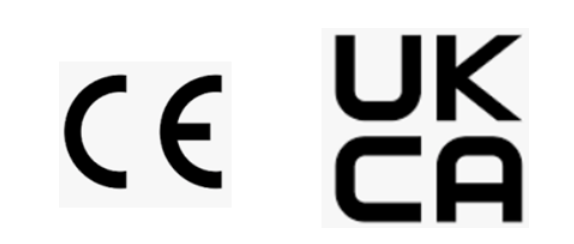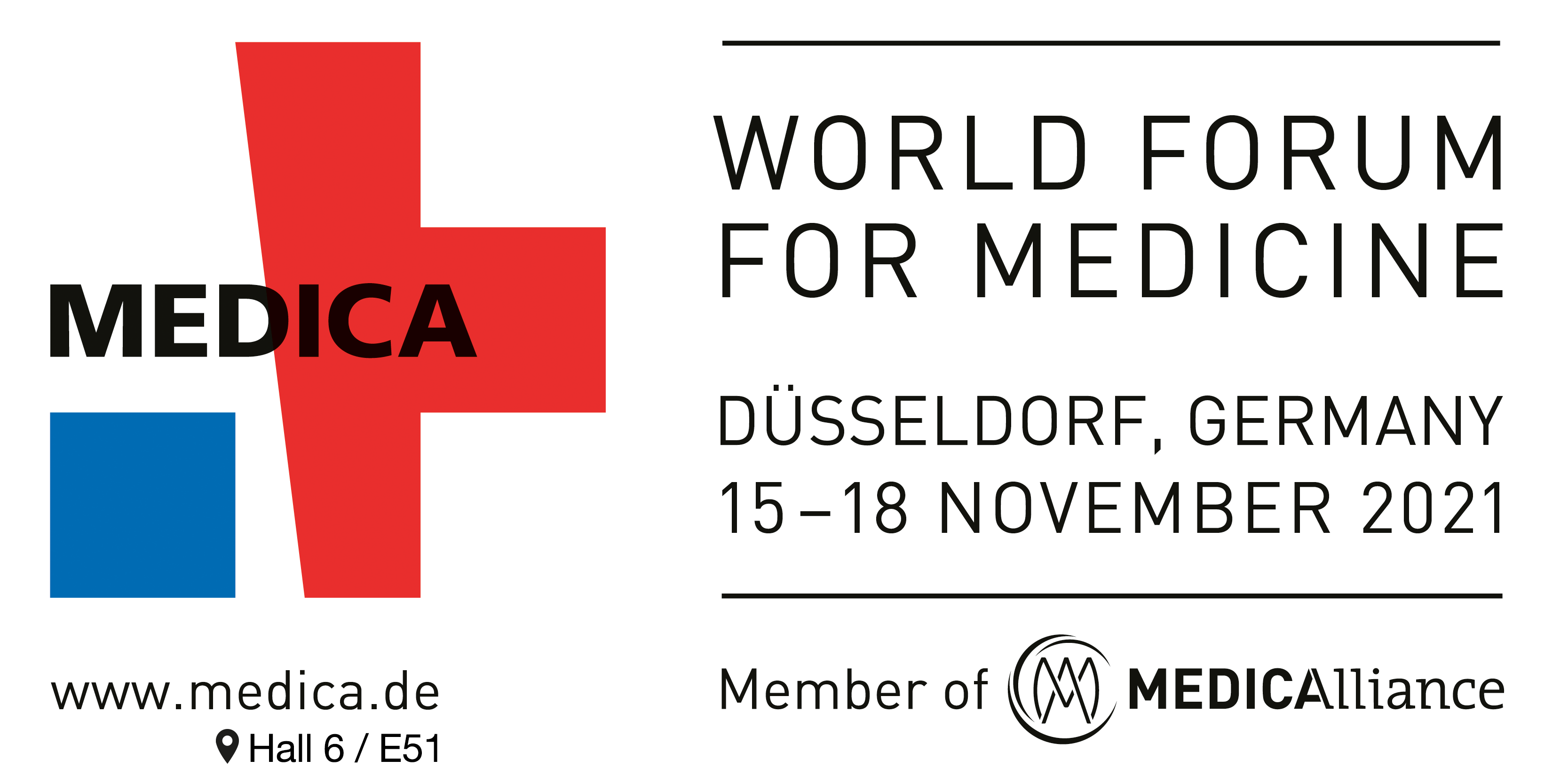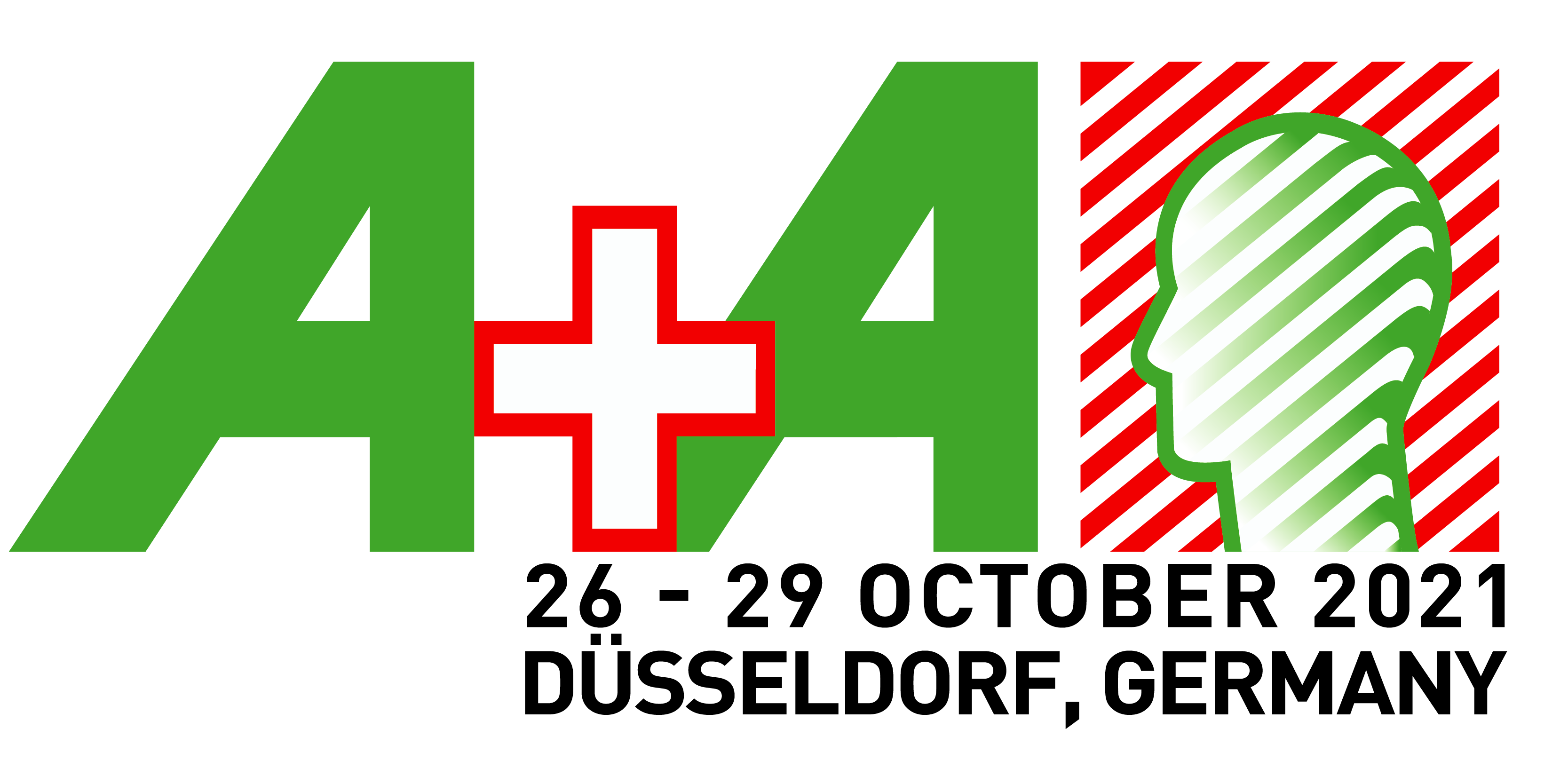With trade fairs and exhibitions on hiatus for the past few years and the world gradually and sensibly, coming back to some sort of normality, we’re super excited to announce that from the 26th-29th October, we will be exhibiting at one of the world’s leading trade fairs for safety, security and health at work; A+A in Dusseldorf, Germany. This will be the third time that we have exhibited at the show as we look to fortify our stronghold in the European market, showcasing Europes fastest growing glove brand, Aurelia.
This year, we’ll be in Hall 1 at Stand A51 - our European Sales Manager, Terry Swinney will be in attendance, alongside our National Sales Manager for the UK, Russell Stabler, Group Managing Director, Jonathan Judge and Group Marketing Manager, Jak Cater. Please get in touch directly, or email,
For full details and to book tickets, please visit - www.aplusa-online.com.
See you in Dusseldorf.
UK CA Mark
When the UK withdrew from the EU on 31st December 2020 (BREXIT), it left behind the EU’s compliance system the CE mark. In order to ensure that products were being put onto the market with the highest of standards, the UK has adopted a UK CA Mark.

The UKCA (UK Conformity Assessed) product marking is a new system, which is used for goods being placed on the market in Great Britain (England, Wales and Scotland). The defined product types that CE marking applied to will require the new UK CA mark to sell in the UK.
Process
The Conformity process for products such as PPE and Medical Devices remains similar to the CE marking, but must ensure that it is correct for the UK. EU Notified bodies can no longer be used, and so UK based Approved bodies should be selected. There is also a requirement for a separate UK version of the Declaration of Conformity.
Timeline
To ensure that industry had time to act on this new regime, the UK government has allowed a implementation deadline of 1st January 2022 for most products, and longer for Medical Devices. During that time product manufactured with a CE mark will be allowed to be sold.
UK & EU products
Products sold in both the UK and the EU will have to ensure product is labelled with both the CE and the UK CA Mark.
Rules for using the UK CA mark
There are rules set for the clarity and sizing of the mark, ensuring that consumers interests are maintained.
- You must ensure that the letters remain in proportion to the official lettering version
- UK CA marking should be at least 5mm in height – unless otherwise required by product legislation
- UK should be easily visible
- From 1st January 2023, it should be permanently attached
We are happy to help!
For further help, or information contact your local Supermax Sales Manager, or e-mail
Supermax Healthcare UK is the European subsidiary of Supermax Corporation Berhad, the world’s 2nd largest manufacturer of disposable examination gloves. Our European Headquarters are based in Peterborough from where we distribute to the whole of Europe.
Nitrile Gloves IFU's: Click Here
Quality, Regulatory, Environmental, Ethical and Technical, Health & Safety Information Booklet: Click Here
Legal Information
Anti Slavery & Human Trafficking Policy // Coronavirus Policy // REACH Statement // Ethical Standards Code of Conduct Policy // Child Labour Policy // H & S Report 2024 // Standard-Terms EU // Standard-Terms UK // Environmental Policy // Carbon Reduction Plan // Slavery & Trafficking Statement // Quality Policy // ISO 9001
Supermax Healthcare. Europe Ltd, Units 1001-1012 ,Building 1000, Gateway Business Park, New Mallow Road, Cork, TM23 F2H7, Ireland




